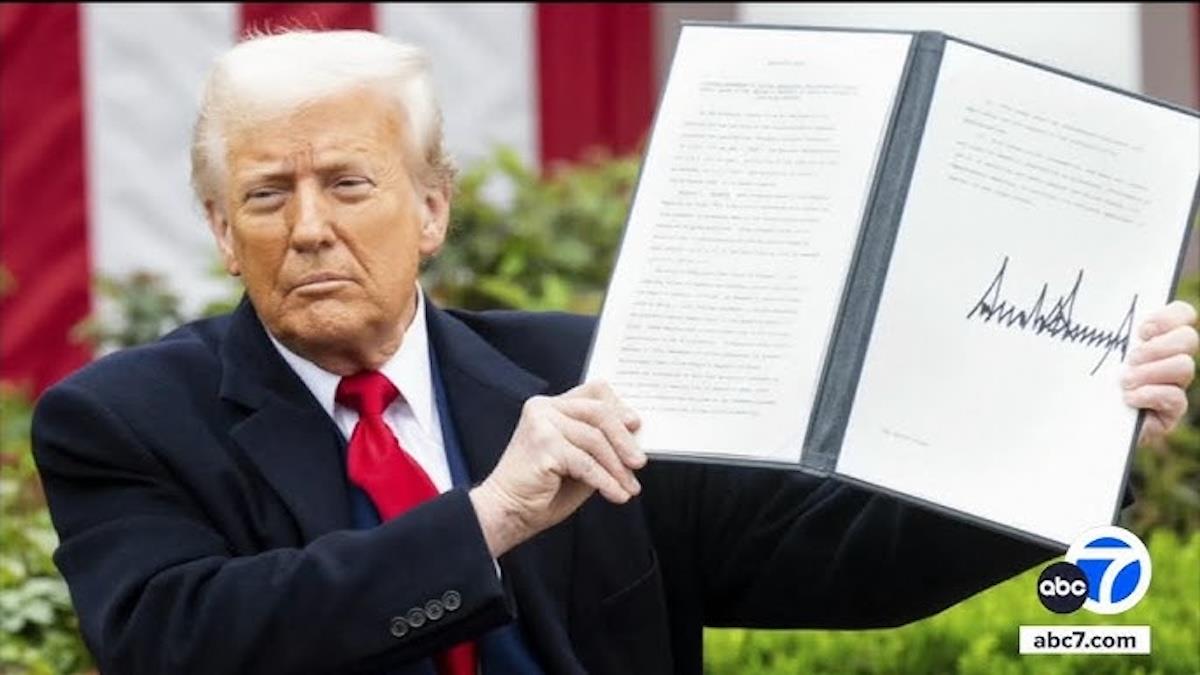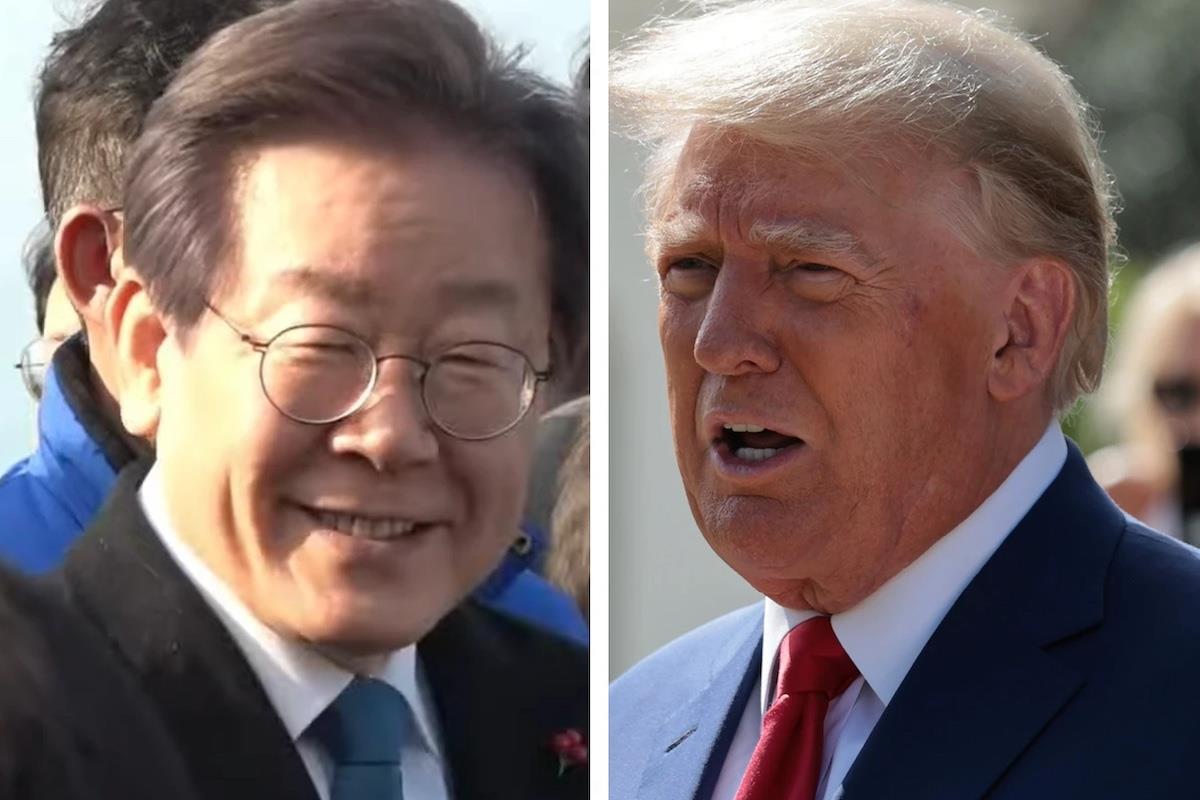
Trump Doctrine 2.0: A Half-Year Economic Autopsy

Legal Disclaimer:
MENAFN provides the
information “as is” without warranty of any kind. We do not accept
any responsibility or liability for the accuracy, content, images,
videos, licenses, completeness, legality, or reliability of the information
contained in this article. If you have any complaints or copyright
issues related to this article, kindly contact the provider above.
Most popular stories
Market Research

- BTCC Exchange Announces Triple Global Workforce Expansion At TOKEN2049 Singapore To Power Web3 Evolution
- Bydfi Joins Korea Blockchain Week 2025 (KBW2025): Deepening Web3 Engagement
- SPAYZ.Io White Paper Explores Opportunities, Challenges And Ambitions In Payments Industry
- Currency Relaunches Under New Leadership, Highlights 2025 Achievements
- Salvium Solves The Privacy Paradox: Salvium One Delivers Mica-Compliant Privacy That Exchanges Can List
- FLOKI Funds Clean Water Wells In Africa Through Partnership With WWFA
























Comments
No comment